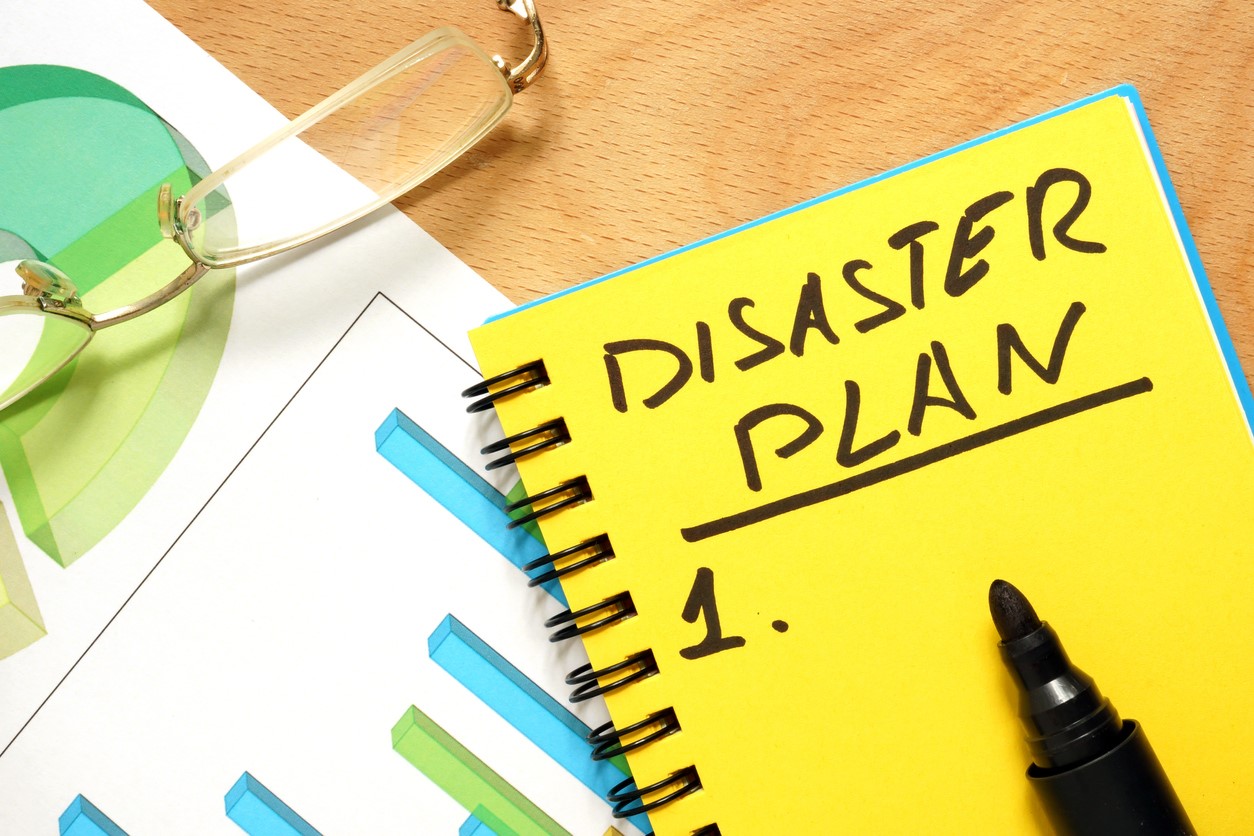Your small business needs a complete disaster recovery plan so you can continue operating if an adverse event occurs
Floridians know how easy it can be to lose everything in the event of a hurricane. If you haven’t factored in a disaster recovery plan for your small business, you’re not fully protected if something were to happen. According to the Federal Emergency Management Agency (FEMA), nearly 40% of small businesses never reopen after a disaster, since even a small amount of flooding can mean tens of thousands of dollars in damage.
There’s no time like the present to start implementing these considerations. Here is your guide to creating a disaster recovery strategy, sometimes referred to as a business disaster continuity plan, for your small business.
1. Create a checklist
The first step in creating a disaster recovery plan is creating a checklist that will cover all your bases. This includes:
- All types of data and records, and where they’re stored (including financial data, tax information, customer data, and employee information)
- Communications procedures in the event of a disaster
- Safety procedures
- Operations considerations to be able to continue running the business after a disaster strikes
- Emergency contact lists
- Lists of all suppliers/vendors
- List of all business liabilities and debts
This checklist will help you stay on task and nail down all the pieces of your disaster recovery puzzle.
2. Create an emergency safety plan
The emergency procedures section tells employees exactly what to do in the event of a disaster, including emergency numbers to contact and evacuation procedures. These procedures should be practiced in the office so that employees know what to do if the worst should happen.
They need to feel prepared and confident that they’ll know the proper steps to take. Encourage them to educate their families, as well, and have a safety plan for their homes.
3. Take inventory
Next, make a complete list with photos or video recordings of all your business’s equipment and document the value of each item. This information will help you when you make an insurance claim after the disaster. Make sure it’s saved in a secure location, like the cloud, so that it won’t be destroyed in the adverse event.
The IRS conveniently offers an online workbook for businesses that helps you create detailed lists of your business’s equipment and assets, room-by-room.
4. Backup essential records in one secure place
The Florida Small Business Administration recommends creating a “Records-To-Go” box that includes a range of important documents that you’ll need to recover. This is especially important for all your hard-copy documents that cannot be destroyed.
Make sure your solution is fire- and waterproof and includes only essential business information that you’ll need immediately following the disaster, such as your disaster recovery plan or emergency procedures, insurance policies, bank records, and any other essential documentation that is crucial for your business.
5. Paperless recordkeeping
Where possible, take advantage of all the paperless options now available for information like finances and tax documents. This makes it fast and easy for you to back up your records in a safe and secure place with a cloud solution so that these documents can be accessed from anywhere with an internet connection following a disaster.
Make sure that you’re not just backing up electronic files on a hard drive or on your home computer, which could also be destroyed in a hurricane or other disaster.
6. Conduct regular reviews and updates
Once you have a disaster and emergency plan in place, you’re not finished. These plans need to be reviewed annually and updated as needed, whether by implementing a new security technology or removing data or inventory that’s no longer applicable to the business. Your business may also move buildings or floors, so your emergency procedures may change.
A disaster recovery plan helps you prepare for the worst and bounce back at full operating capacity. Because damage can be substantial, small businesses are especially in danger of losing everything they’ve worked for after a disaster. Create a complete disaster recovery and emergency plan as part of your business plan and review it regularly to keep it updated.
These emergency plans are just one component of running a small business. When you’re seeking to work with homeowners’ associations, you need a tool like VendorSmart, which connects you with community managers in a web-based marketplace. This tool helps you grow your business while managing compliance documents and requests for proposals. Sign up today to begin bidding on projects.
